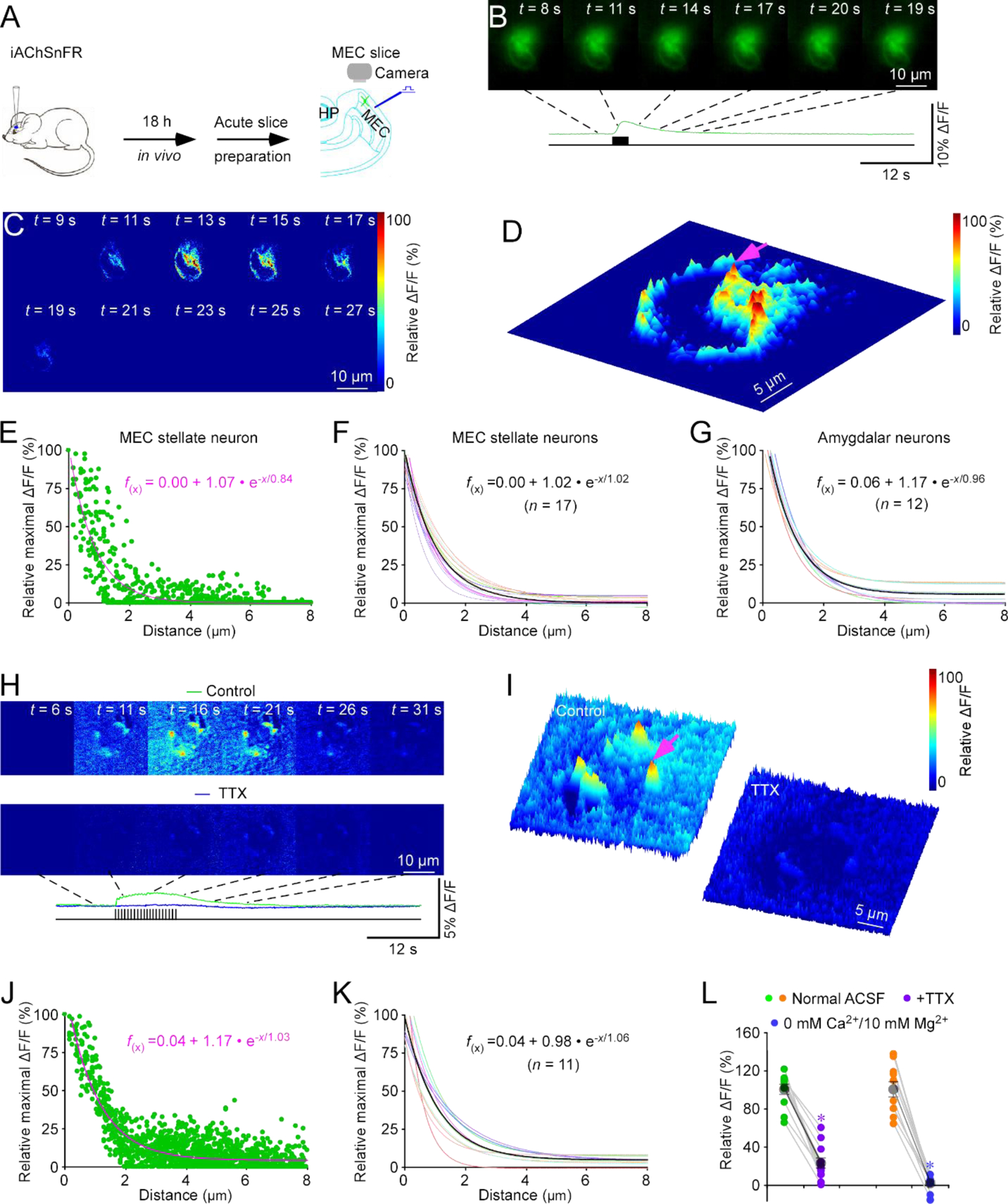Figure 2. iAChSnFR spatiotemporally profiles cholinergic transmission at MEC stellate cell.

(A) Schematic drawing of the design of stimulation-imaging experiments in acute mouse MEC slices. HP: Hippocampus; MEC: Medial entorhinal cortex.
(B-D) Snapshots of fluorescence ΔF/F responses (B), heatmap displays of time-dependent spatial ΔF/F responses (C) and three-dimensional spatiotemporal ΔF/F profiling (D) of an iAChSnFR expressing entorhinal stellate neuron in response to local electrical stimuli. Note fluorescence ΔF/F responses imaged at ~180 nm/pixel resolution (with 40x objective) in B-D and one isolated release site indicated by pink arrow in D.
(E) Plot of relative maximal ΔF/F of each pixel against its distance to the pixel with largest maximal ΔF/F at the isolated release site indicated by pink arrow in D. Fitting the data points in this plot with a single exponential decay function (pink line) yields an estimated ACh spread length constant of 1.02 μm.
(F) Summary plot of volume spread length constants obtained from putative single release sites and the average volume spread length constant of 1.02±0.05 μm for cholinergic transmission at entorhinal stellate neurons (n = 17 from 8 neurons from 8 animals). Note the average single exponential decay function fitting curve in black.
(G) Summary plot of volume spread length constants obtained from putative single release sites and the average ACh spread length constant of 0.96±0.02 μm for cholinergic transmission at amygdalar neurons (n = 12 from 4 neurons from 4 animals). Note the average single exponential decay function fitting curve in black.
(H) Heatmap snapshots of time-dependent spatial ΔF/F responses of an iAChSnFR expressing entorhinal stellate cell in response to local electrical stimuli in the normal bath solution and bath solution containing 1 μM TTX.
(I) Heatmap displays of three-dimensional spatiotemporal ΔF/F profiling of the same iAChSnFR expressing entorhinal stellate cell in response to local electrical stimuli in the normal bath solution and bath solution containing TTX. Note fluorescence ΔF/F responses with higher noise when imaged at ~120 nm/pixel resolution (with 60x objective) in H-I and one isolated release site indicated by pink arrow in I.
(J) Plot of relative maximal ΔF/F of each pixel against its distance to the pixel with largest maximal ΔF/F at the isolated release site indicated by pink arrow in I. Fitting the data points in this plot with a single exponential decay function (pink line) yields an estimated ACh spread length constant of 1.03 μm.
(K) Summary plot of volume spread length constants obtained from putative single release sites and the average ACh spread length constant of 1.06±0.09 μm for cholinergic transmission at entorhinal stellate neurons (n = 11 from 7 neurons from 4 animals). Note the average single exponential decay function fitting curve in black.
(L) Values of peak ΔF/F responses measured in the normal ACSF bath solution and ACSF containing TTX (Control: 100.0±5.0%; TTX: 22.2±5.2%; n = 11 from 4 animals; Z = −3.059, p = 0.002), or 0 mM Ca2+/10 mM Mg2+ ACSF (Control: 100.0±8.4%; 0 mM Ca2+/10 mM Mg2+: 1.3±2.3%; n = 10 neurons from 5 animals; Z = −2.803, p = 0.005). Large gray dots indicate average responses and asterisks indicate p < 0.05 (Wilcoxon Rank Sum tests).
